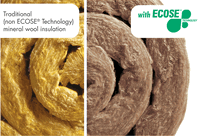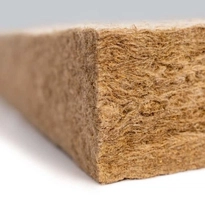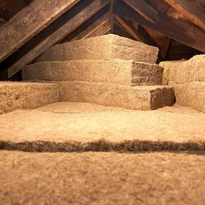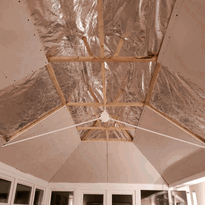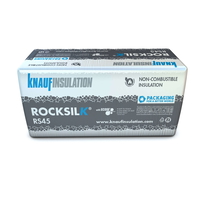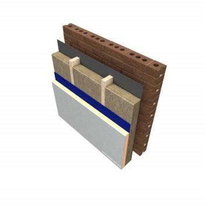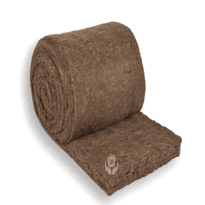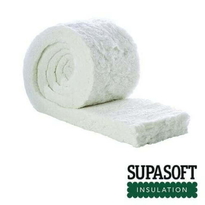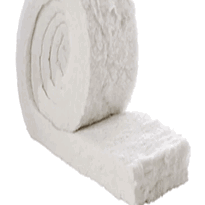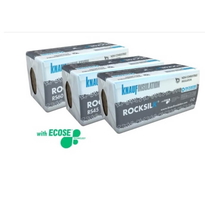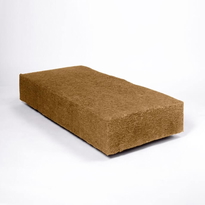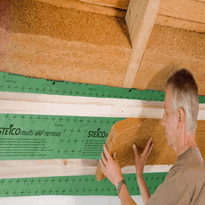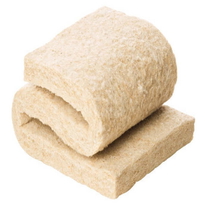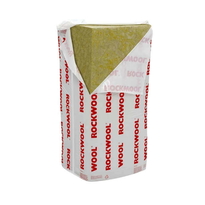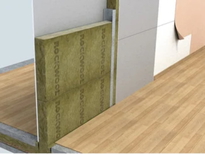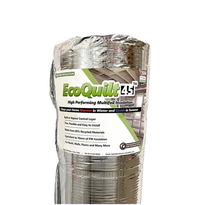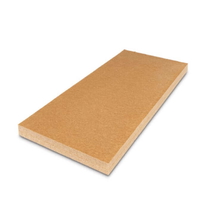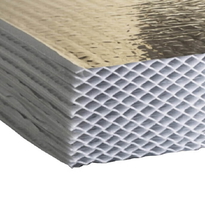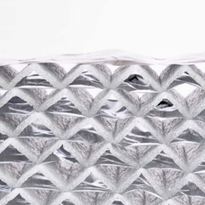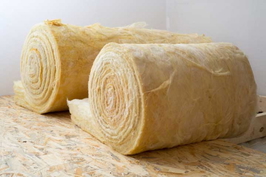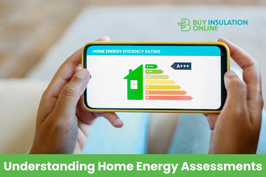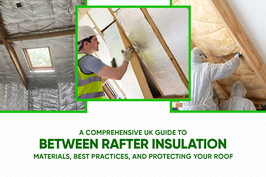Benefits of Pitched Roof Insulation
Pitched roof insulation provides numerous important benefits that enhance both the efficiency and durability of a building. It effectively reduces heat loss by creating a thermal barrier that helps maintain consistent indoor temperatures, resulting in lower energy bills and improved thermal comfort.
Furthermore, insulation minimises the environmental impact of the building by lowering energy consumption, thereby contributing to a smaller carbon footprint. The thermal performance of roof insulation is governed by U-values, which measure the rate of heat transfer. In addition to energy efficiency, insulation plays a key role in increasing the overall value of a property. It boosts the building’s appeal and operational efficiency, making it more attractive to prospective buyers or tenants.
Proper insulation also acts as a protective barrier against moisture accumulation, which can lead to condensation issues and subsequent damage. This helps to prevent long-term deterioration of the roof structure.
Furthermore, incorporating quality insulation enhances the roof’s durability and structural integrity. It guards against deterioration over time by providing better temperature regulation and moisture control, which are essential for prolonging the lifespan of roofing materials.
Choosing the Right Insulation Material for Between Rafters
Selecting the Appropriate Insulation Material for Between Rafters
Choosing the right insulation material for between rafters demands careful consideration of several essential factors, including thermal performance, cost, ease of installation, environmental impact, and compatibility with the existing roof structure. Different insulation materials have varying R-values, which measure their thermal resistance, impacting their effectiveness in insulating your attic. Materials such as recycled paper insulation made from recycled paper offer good thermal performance while remaining environmentally friendly. Closed-cell foam provides an airtight seal and high thermal resistance, making it suitable for irregular or complex spaces within the roof. Fibreglass batts are a popular and affordable option, widely available across the UK. They fit standard rafter gaps efficiently and are straightforward to install, making them a practical choice for many projects. Polyisocyanurate (Polyiso) boards are rigid, high-performance insulation options frequently used in full loft conversions due to their high thermal resistance and durability. Structural insulated panels (SIPs) combine structural strength with insulation properties, delivering high efficiency and reducing installation time. Key considerations include: - U-value (thermal transmittance) to assess the insulation's effectiveness - Cost in relation to the project budget and potential long-term savings - Compatibility with the roof’s space and the requirements for installation - Environmental impact and sustainability credentials of the insulation material
Best Techniques for Insulating Pitched Roofs
Effective insulation of pitched roofs requires careful selection of techniques that optimise thermal performance while accommodating the unique structural and ventilation demands of this roof type.
Ventilated warm roofs involve placing insulation between the rafters with an air gap above, which helps ventilate moisture away while maintaining insulation efficiency.
Unventilated warm roofs fill the entire rafter cavity with insulation, eliminating ventilation gaps but necessitating the use of high-performance materials.
Using counter battens creates an external air gap without compromising the insulation thickness, aiding moisture management and ventilation.
Breathable membranes and vapour control layers are essential to prevent interstitial condensation, ensuring the longevity of the roof structure.
Achieving a proper insulation fit is crucial, requiring snug placement of materials and supplementary layers if needed.
Combining these techniques ensures thermal comfort, reduces thermal bridges, and maintains the structural integrity of the roof.
Addressing Challenges in Rafter Insulation
Addressing Challenges in Rafter Insulation
Addressing the challenges associated with rafter insulation involves understanding and managing issues related to structural integrity that can occur during installation. Supporting rafters adequately is essential to prevent sagging or collapse when insulation is added. The added weight from certain insulation materials may place stress on older or undersized rafters, necessitating reinforcement or additional framing support. Improperly fitted insulation can lead to uneven load distribution, which may compromise structural stability. Incorrect cutting or installation techniques can cause compression of the insulation material, reducing its thermal performance and increasing strain on the roof structure. To mitigate these problems, professionals commonly: - Reinforce rafters with supplementary framing or bracing where needed - Use compatible insulation materials to prevent moisture accumulation and deterioration - Ensure precise measurements and cuts to achieve a snug, effective fit - Consider external interventions, such as additional boarding or lining, to accommodate the desired insulation depth. Proper installation of insulation and sealing reduces heat loss and prevents potential mould/mould growth. Insulation should fill the space tightly for maximum thermal performance and to reduce thermal bridging. Implementing these measures helps to create a safe, durable roof structure that provides effective insulation without compromising stability or performance. Proper planning and expert installation are key to ensuring that the insulation enhances energy efficiency while maintaining the integrity of the roof. This includes evaluating thermal load and ensuring insulation does not exert excessive pressure on structural components.
Technical and Environmental Considerations for Effective Insulation
Technical and environmental considerations are essential to ensure that insulation for vaulted roofs performs effectively and sustainably over time. Choosing appropriate materials such as PIR or stone wool enhances thermal performance while offering durability. The installation methods, whether in slabs or rolls, must be suitable for local conditions and structural requirements. The following table summarises key factors:
| Material | Environmental Impact | Performance Features |
|---|---|---|
| PIR | Low carbon footprint, recyclable | High thermal conductivity, fire resistance |
| Stone Wool | Recyclable, fire resistant | Dense, moisture resistant |
| Traditional | Variable sustainability | Varies in thermal and moisture protection |
In addition, selecting mineral wool products like Rocksilk® RS45 or OmniFit® Roll 34 can further improve air tightness and overall insulation performance.] Incorporating these considerations helps ensure that insulation maintains structural integrity, manages moisture, supports effective ventilation, and complies with UK regulations. This contributes to the building’s long-term efficiency, safety, and sustainability.
Conclusion
Proper insulation between rafter spaces enhances energy efficiency by reducing heat loss and preventing thermal bridging, which can cause condensation problems. Selecting appropriate materials and using effective installation techniques ensures optimal performance and longevity. Addressing potential challenges, such as airflow management and material compatibility, is vital for durable results. By implementing sound technical and environmental practices, homeowners and builders can achieve cost-effective, well-insulated pitched roofs that meet UK building standards and ecological commitments.

